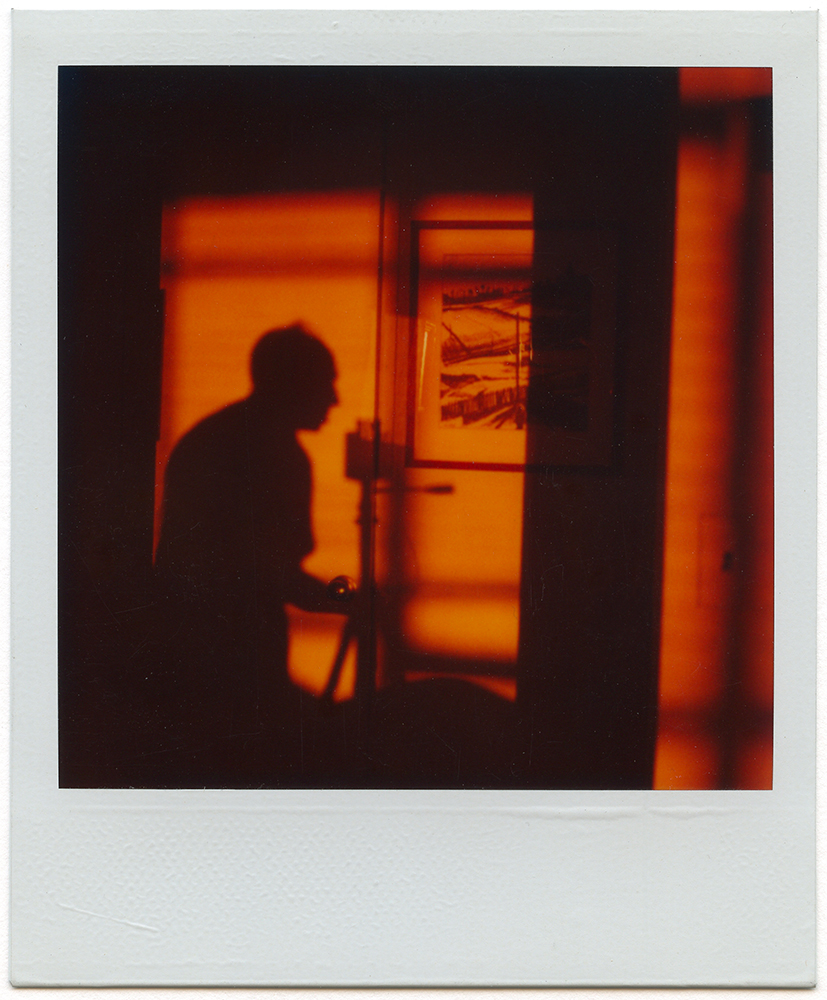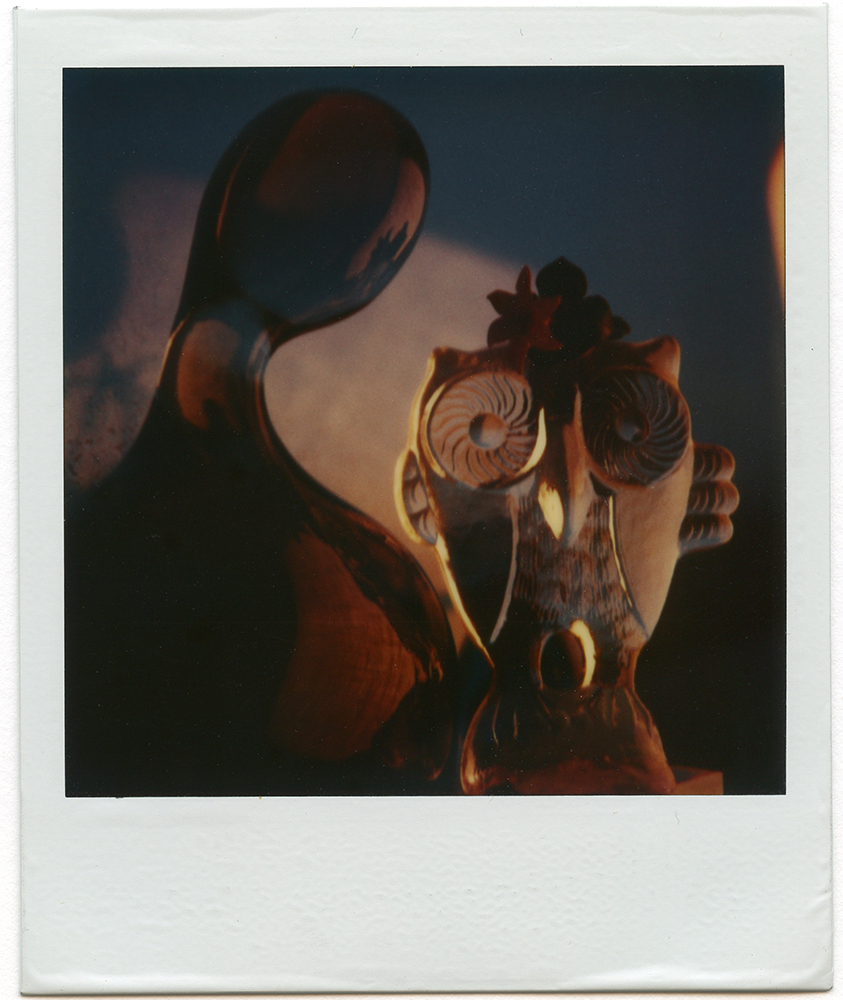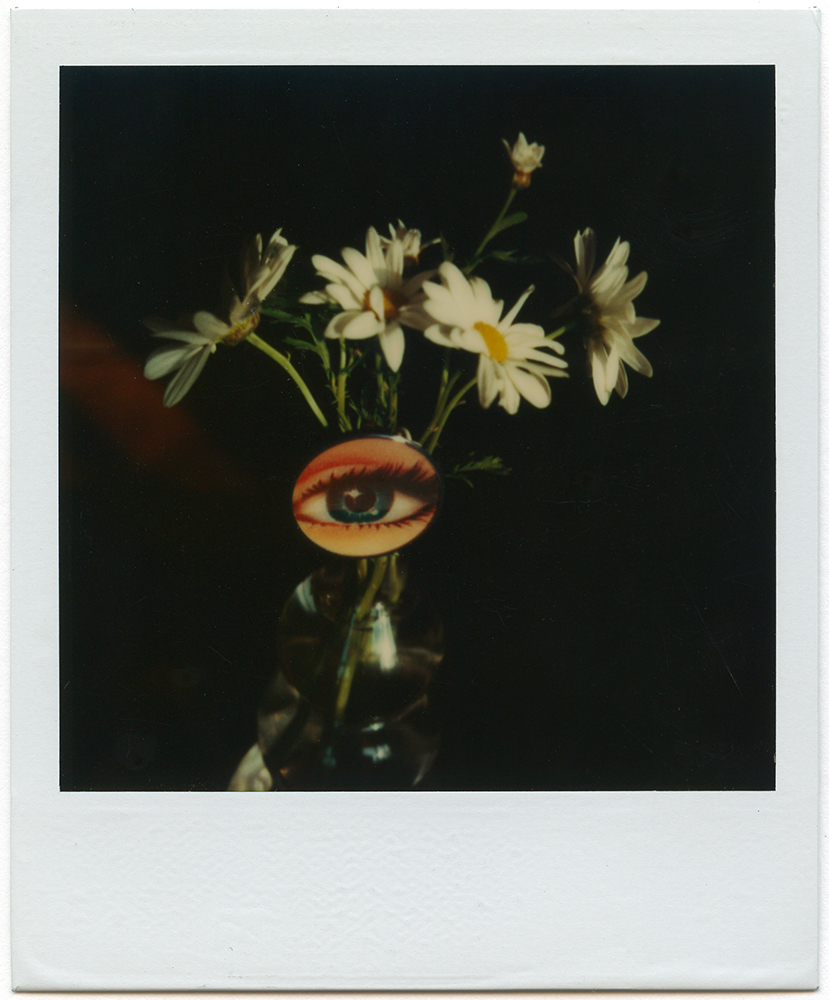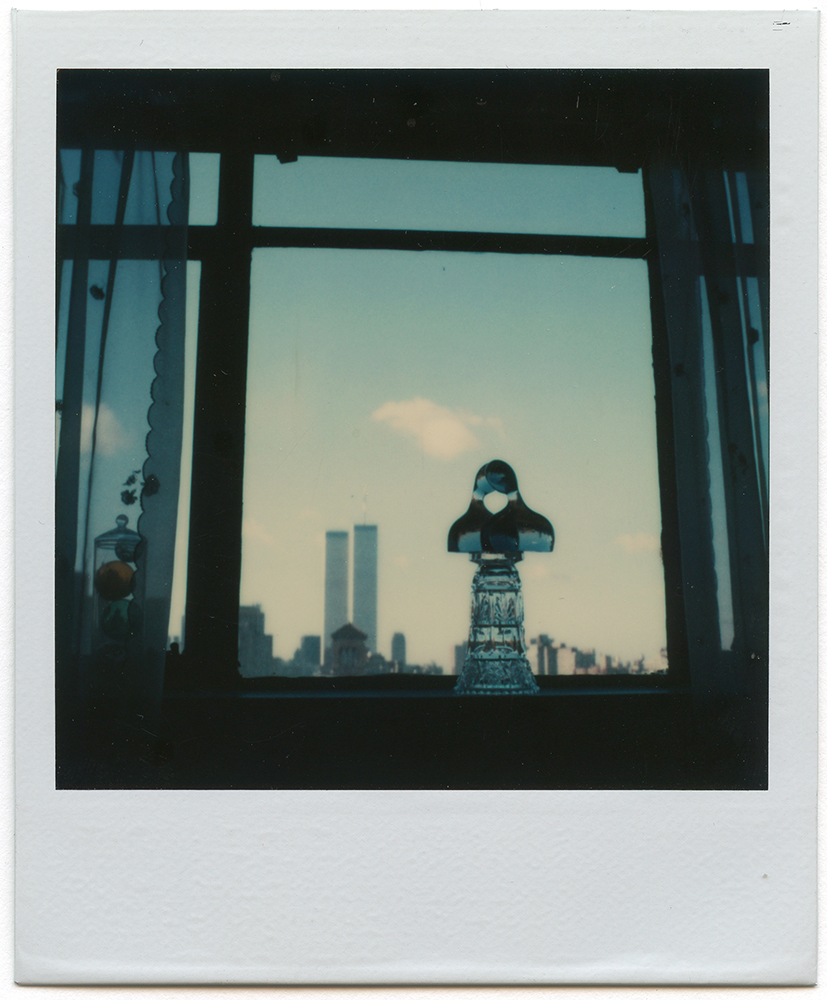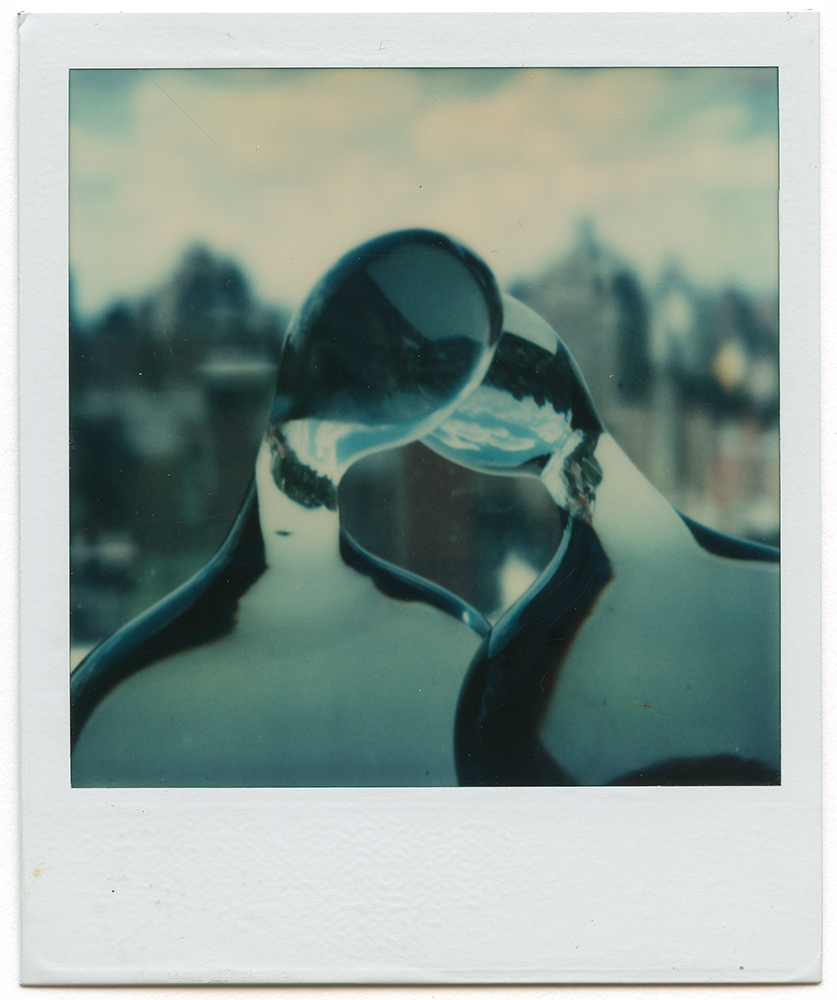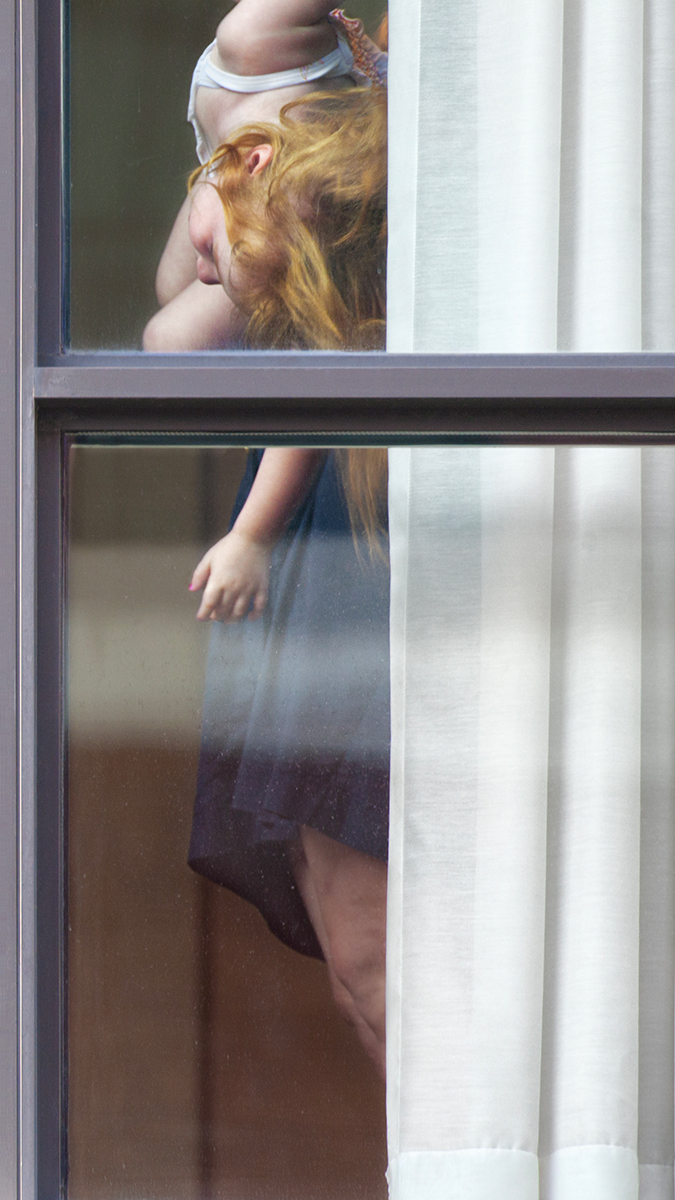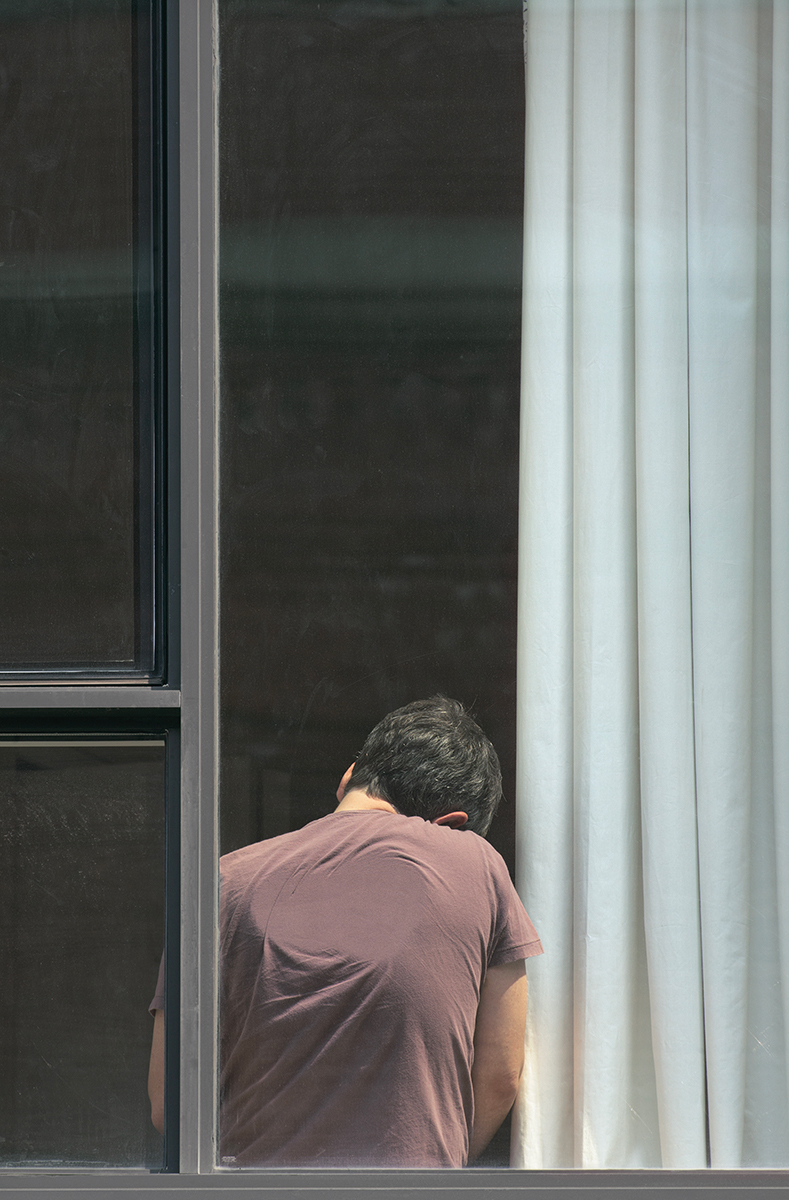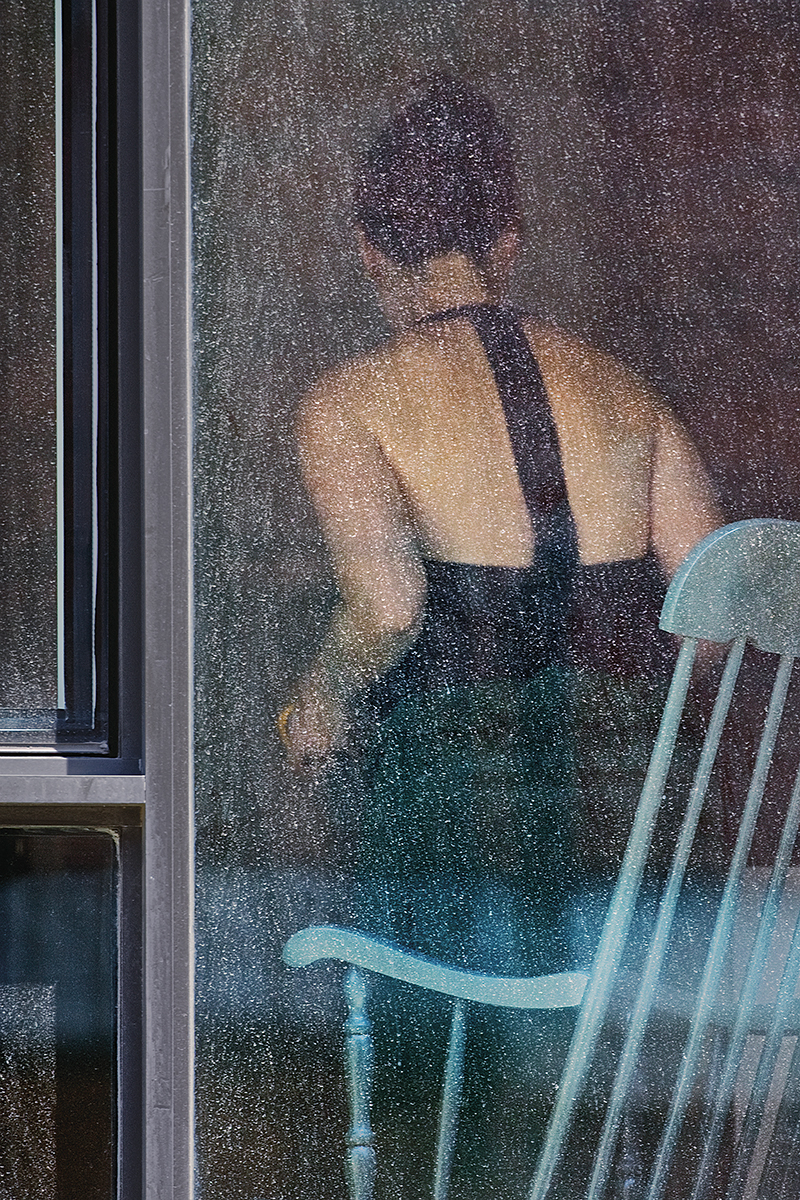André Kertèsz et Arne Svenson : à ma fenêtre 14/12/18 - 16/02/19
The delicate Polaroids by André Kertész, produced in the last years of his life from the window of his Manhattan apartment, were presented in dialogue with the large format, painterly prints by Arne Svenson who, 35 years later, also photographed from his Manhattan apartment window.
Aged 84, André Kertész was emotionally and physically exhausted after the recent death of his beloved wife and lifelong companion Elizabeth. To distract him from his grief, a friend offered him a Polaroid SX-70 camera and, for the next 6 years, the master of black and white photography used it to produce a last great body of work. Taken in his Manhattan apartment just north of Washington Square, many of the photographs were shot either from his window or on the windowsill. Arranging personal objects into delicate, crafted still lives that evoked his love for Elizabeth, Kertész found solace in the little camera and its immediate color prints in which amateurs of his celebrated black and white photography would recognize certain compositional features; nuances of light, form and depth of field, and occasional references to his earlier distortions.
André Kertész (1894-1985), Hungary
André Kertész's artistic career began in 1912 and spanned 73 years. Initially training for a career in the financial world, in 1925 Kertész moved to Paris to fulfill his dream of pursuing a career as a photographer. After a short period of both artistic and personal struggle, his pioneering vision brought him great success and his approach to the medium helped to define the shape of photojournalism in Europe, and subsequently America. In 1936 he left Paris for New York with his wife Elizabeth. Yet from the beginning, his career in the United States proved problematic and his vision, personality, and artistic temperament never found a home there. Unable to return to Europe after the outbreak of WWII, Kertész struggled as he was not able to find steady work through freelancing. In 1947 he finally secured a staff position working for House & Garden where he languished for 15 years creating architectural photographs. Although adored by Conde Nast for shaping the look of the magazine, Kertész defined this period as his "lost years." In 1962, at the age of 68 and deeply embittered by his lack of artistic and commercial success in America, Kertész chose to not renew his magazine contract in order to pursue his art. For the next 23 years, and while his wife Elizabeth’s business blossomed, Kertész photographed with the
enthusiasm of his early years in Hungary and France. By the mid-1970s, he had reestablished himself as a major figure in the fledgling fine art photography world. In 1976, just as Kertész's reputation began to soar, his wife Elizabeth fell ill with lung cancer that she battled bravely before succumbing in 1977. Grief stricken, Kertész turned in 1979 to the Polaroid SX-70 camera to express his pain and sadness. By the time Kertész passed away
in 1985 his work was honored by artists and photographers and collected by museums and galleries around the world.
New York city, 2012
33 years later, a younger Arne Svenson would also work from his Manhattan apartment window, recording the living tableaux in the apartments opposite whose window frames were like stage wings with actors ceaselessly entering and leaving the scene. Svenson never photographed faces, preferring a choreography of nameless, archetypal bodies and their interplay with the architecture framing them: the turn of a head, the graceful arc of a hand, the human form barely discernable behind tall curtains. Entitled ‘The Neighbors’, the series was published in 2015 with a preface by David Ebony.
In the Kertész Polaroid series, the artist’s gaze is inward-looking and almost indifferent to the urban landscape outside; it is a backdrop for the tiny still lives crafted by the great photographer that resemble ex-votos on an altar. In contrast, Svenson’s large format portraits document the lives unfolding before his eyes. Looking through his window into the dusty windows opposite, Svenson’s painterly compositions capture ‘still lives’, or fragments of stillness and grace in this eternally bustling city.

